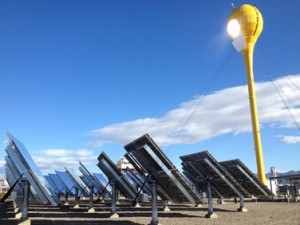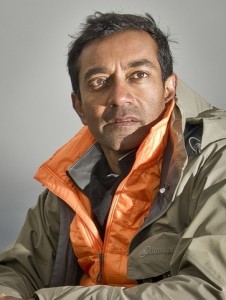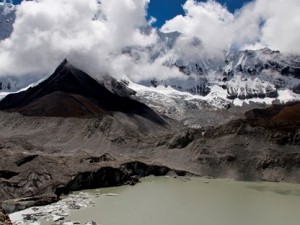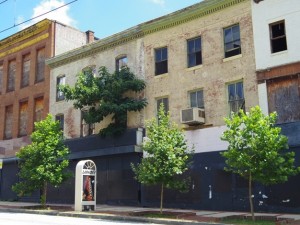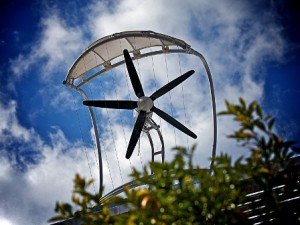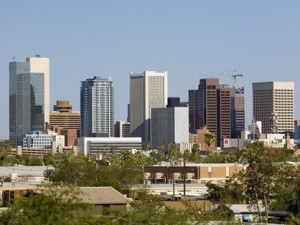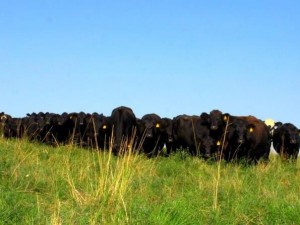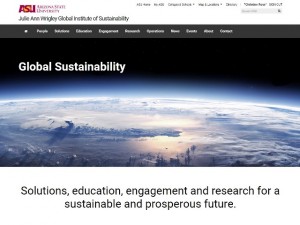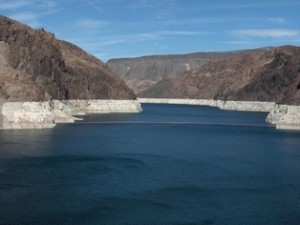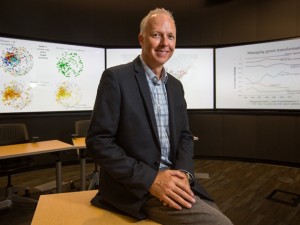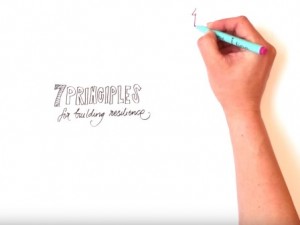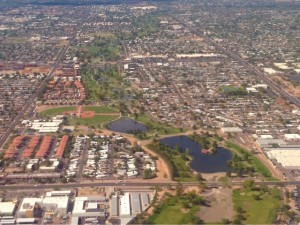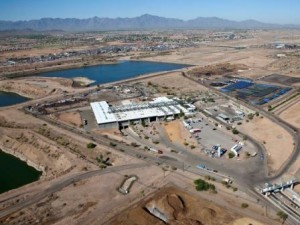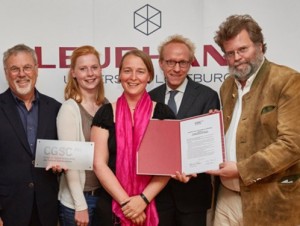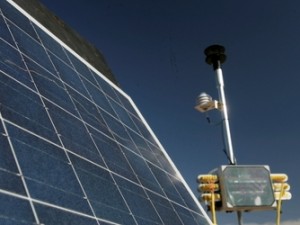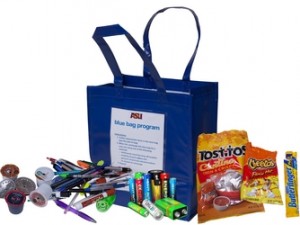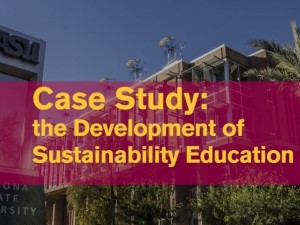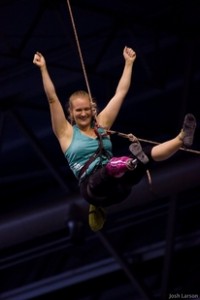Compromise may be part of a sustainable solution to whale hunting
View Source | September 18, 2015
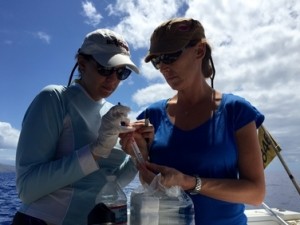 The past 30 years of the International Whaling Commission’s conversation has been stalled by disagreement on the ethics of killing whales, according to sustainability scientist Leah Gerber. Gerber, who is founding director of ASU’s Center for Biodiversity Outcomes, floated the idea of a compromise with whaling nations in the September issue of scientific journal Frontiers in Ecology and the Environment.
The past 30 years of the International Whaling Commission’s conversation has been stalled by disagreement on the ethics of killing whales, according to sustainability scientist Leah Gerber. Gerber, who is founding director of ASU’s Center for Biodiversity Outcomes, floated the idea of a compromise with whaling nations in the September issue of scientific journal Frontiers in Ecology and the Environment.
Changing course and allowing Iceland, Japan and Norway to legally hunt under regulations and monitoring might break the current stalemate. Currently, Japan whales under a loophole allowing for scientific research. The other two countries hunt whales commercially in protest of the ban.
“If our common goal is a healthy and sustainable population of whales, let’s find a way to develop strategies that achieve that,” Gerber said. “That may involve agreeing to a small level of take. That would certainly be a reduced take to what’s happening now.”


